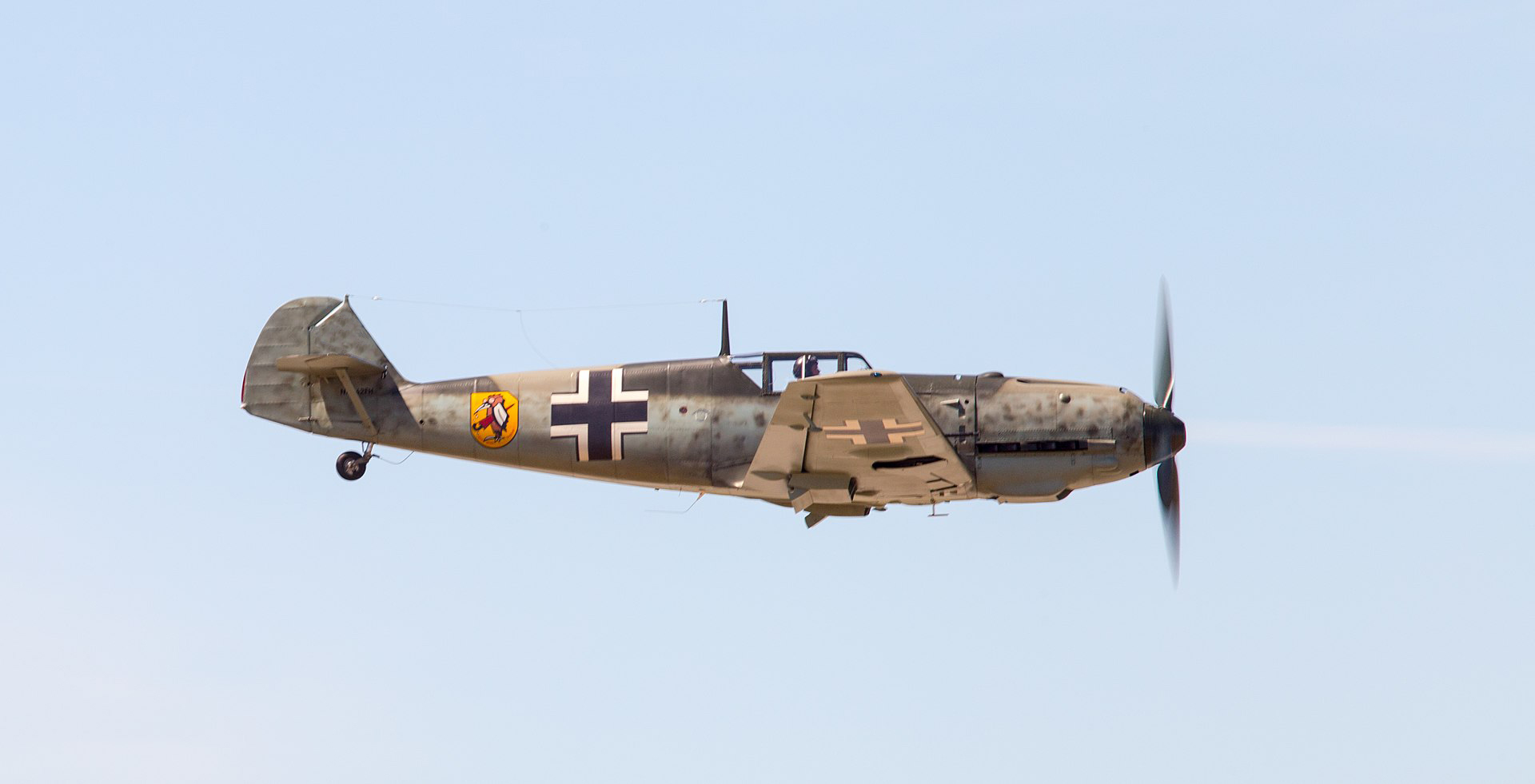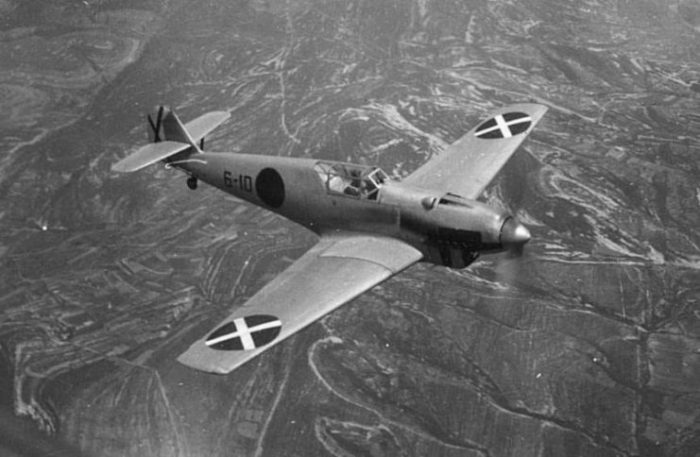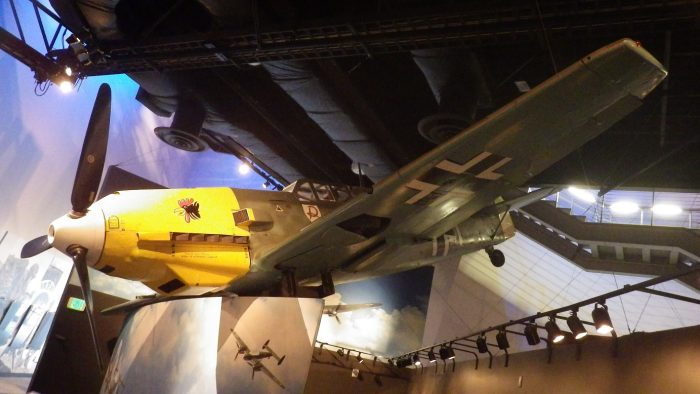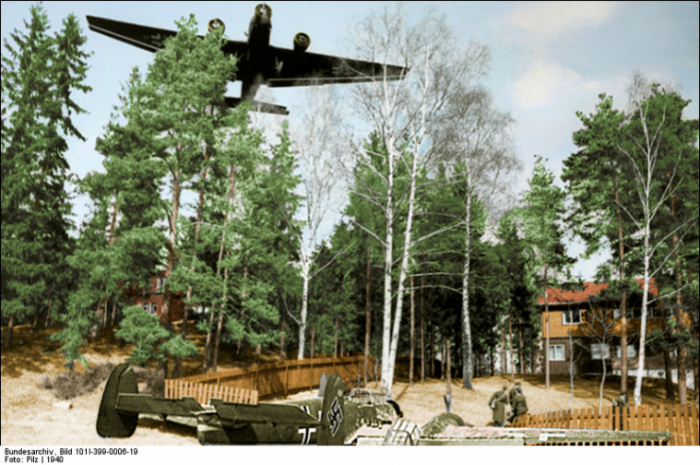The Messerschmitt – These Aircraft Made Formidable Foes

Germany was a daunting enemy during the Second World War, and no front was more challenging for the Allies, even Britain’s famed Royal Air Force (RAF), than the battles for supremacy in the skies.
Germany had the Luftwaffe, and the planes that comprised it were, for the times, filled with cutting-edge aviation technology, many of them manufactured by German aerospace company Messerschmitt.
One of the first and certainly one of the most important Messerschmitt aircraft flown by in Germany was given a “practice run,” so to speak, during the Spanish Civil War, the BF109.
As soon as the conflict broke out in Spain, Adolf Hitler sent BF 109s and their pilots to assist the Nationalists, led by General Franco.
The engineers and pilots gained much valuable experience during their three years fighting there, beginning in 1936. Hence, when World War II broke out, the Luftwaffe was well prepared and anxious to go up against the RAF, USAF and other Allies in the sky.

The Bf 109E variant was a substantial improvement and entered service in the late 1930s. It had a more powerful 1,100 hp V12 DB 601A engine with direct injection, and superior weapons to the British planes it initially faced, which gave German pilots an edge in the air and made it infamous among its opponents.
The lack of fuel injection in the earlier Supermarine Spitfires meant in a steep high-speed dive fuel would be forced out of the carburetor by “g” forces, starving the engine, leaving it unable to keep up with the Messerschmitt aircraft in a dive.

Czech airplane manufacturer Avia also built Bf 109s, and tried to keep pace with advances introduced by the Allies in their planes.
With the assistance of Avia (who built Bf 109s until the 1950s), by the time the aircraft ceased being produced in the mid-1950s, more than 35,000 of them had been built and flown, making it the most produced fighter and single seat aircraft in history.
A bigger advance came with the development of the BF110, which was profoundly different, and better, than its predecessors. It was an expert at bombing, and also served as solid protection for other planes entering Allied territory; in fact, just one BF110 shot down nine RAF planes in one battle.
However, this model had one significant drawback – it was easy to spot and slow to turn, so it was no match for Spitfires and Hurricanes, both of which took the BF110s out at every possible opportunity. Consequently, the German High Command ordered that the planes become night fighters only.

The next two Messerschmitt aircraft represent some of aviation’s greatest innovations. The ME163B was a rocket-powered interceptor with cutting-edge design and technology. For example, it had highly “swept wings,” a commonplace design feature today but back then it was a brand new approach to a plane’s design.
Next was a fighter called the ME262, which was a genuinely superior plane, largely because it was the very first jet aircraft ever used in battle. It was equipped with four cannons and 24 rockets, and while 1,400 of these planes were built, only 300 of them ever made it into actual battle.
There were several reasons for that: it took two years for the ME262 to even be tested in the air, in 1944. Pilots with the skills to fly it was in desperately short supply, as was fuel.
And the Allies kept destroying them while they were still parked on airfields because by 1944 the Allies were close to victory, which finally came the following year. But unquestionably the aviation advances the ME262 represented soon became vital to air forces right across the globe.
Another Article From Us: The Forgotten B-24 that Completed 25 Missions Before the “Memphis Belle”
It is difficult to assess whether the Germans would have fared better in the war if they had a different leader, one with discipline rather than bigotry and hatred fuelling him.
Perhaps they could have dragged out the battles for another year or so, but even with these kinds of planes ‘on their side,’ so to speak, there is no way they could have won, because they were not fighting for a just and moral cause.
